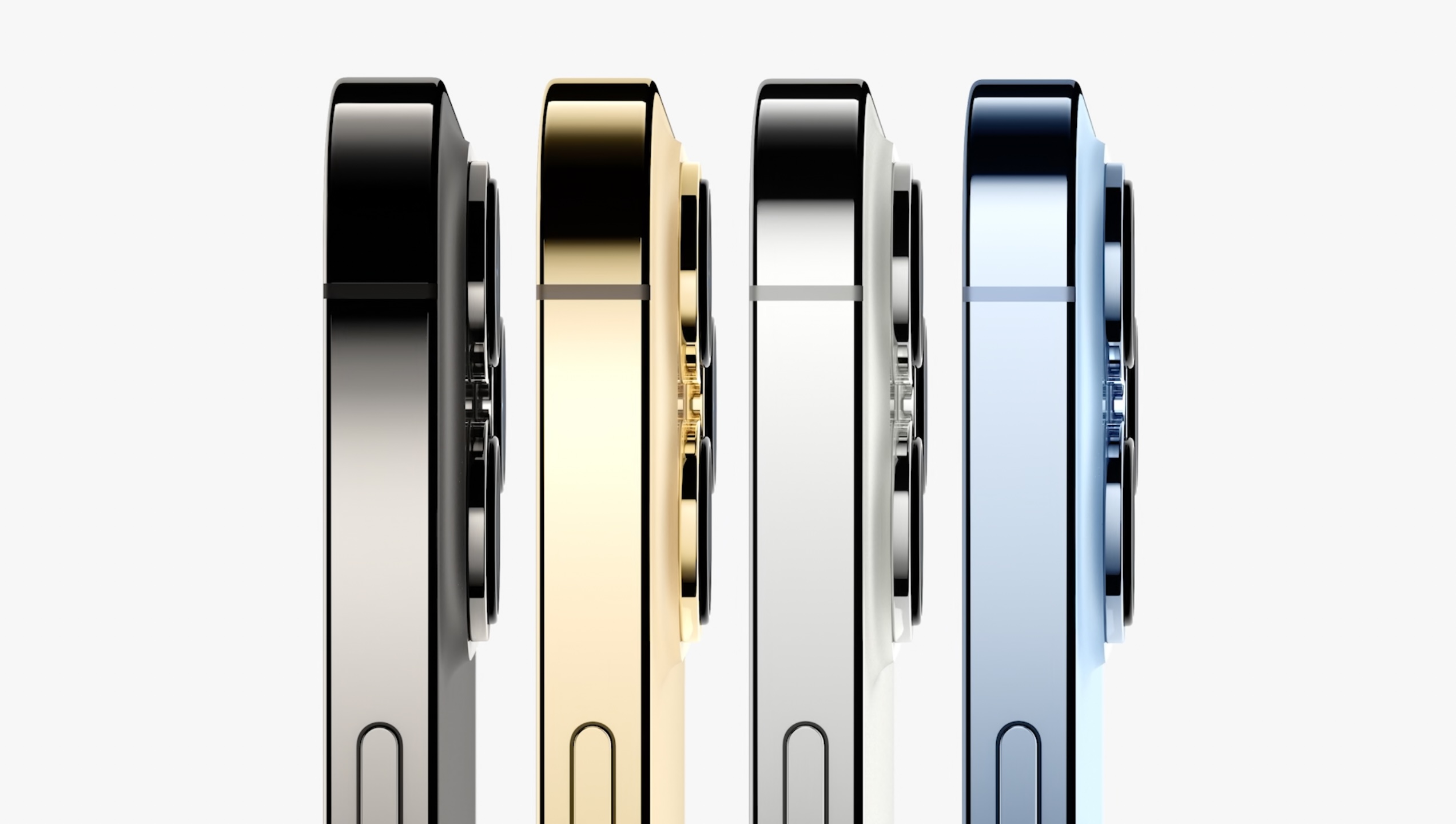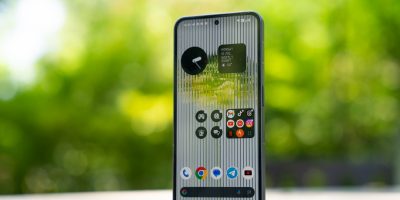So you’ve just spent $900-$1,000 on Apple’s brand new iPhone 13. Obviously you’d like to be able to do more with it than check emails and send text messages, right? If you’re trying to get the most out of your iPhone 13, then check out these tips and tricks where hopefully you’ll find some new and cool ways of making your new phone worth it.
Setup Face ID
Since Apple has yet to bring back fingerprint technology to the iPhone series, this means that for now Face ID is the best solution for protecting your phone from other people trying to peek into its contents. Usually Face ID setup is offered when you first startup the phone, but in case you missed it, go to Settings > Face ID & Passcode and begin the setup process
Setup a passcode
If you don’t want to use Face ID, it’s still always a good idea to have a passcode that you can use to protect your phone and your privacy. Go to Settings > Face ID & Passcode and scroll down and tap “Turn Passcode On” and follow the steps to setup a passcode for your iPhone.
Unlock with Apple Watch
If you happen to also own an Apple Watch, then you might want to check out a pretty rad feature which is to unlock your phone using the Apple Watch. What this does is that in case Face ID can’t recognize you because you’re wearing a mask, as long as you are authenticated on your Apple Watch, the phone will unlock.
This can be found in Settings > Face ID & Passcode and scroll down until you see the “Unlock with Apple Watch” option. Tap on it to toggle it on, but you’ll have to make sure your Apple Watch has its own passcode setup (don’t worry, you’ll only have to enter the passcode on your watch whenever you take it off and put it on again, not everytime you want to use it).
Customize your Home Screen
With iOS 14, Apple finally allowed users to add widgets to the home screen. To add a widget, just go to your Home Screen and press and hold on an empty spot. Once the icons start shaking, tap the “+” button at the top left corner of the screen to pull up a list of available widgets.
Some of Apple’s native apps support widgets, but when it comes to third-party widgets, it will be entirely dependent on the developer whether or not they want to support it, so your mileage may vary.
Stop apps from tracking you
One of Apple’s privacy features stops apps from tracking you across websites. While you will still get ads, these ads won’t be as targeted as they will now know less about you and your preferences from before
To enable this anti-tracking feature, go to Settings > Privacy and tap on Tracking. Tap the toggle that says “Allow apps to request to track” and you’re all set. Alternatively you can also tap on individual apps if you don’t want to make any blanket changes.
Bring Safari’s old URL bar back
With iOS 15, Apple decided to change Safari’s address bar location to the bottom of the phone. The company argues that this allows for gestures and better reachability, but we get it, it might be a bit jarring for some of you.
To bring back the old Safari design, go to Settings > Safari and under “Tabs” select the “Single Tab” option. Repeat these steps if you think that maybe you prefer the new design.
Translate websites with Safari
Google Chrome has long allowed users to translate websites on mobile, but Safari not so much, at least until recent times. When you visit a website in Safari in a foreign language, tap the “aA” icon in the address bar and tap “Translate Website” and select the language you want to translate it to.
Right now, Safari’s translation is still limited in terms of supported languages, so depending on the site you visit, it may or may not be able to translate it for you.
Bundle non-important notifications together
If there are notifications you’d like to receive but don’t necessarily think that they need to be shown immediately, one of the ways Apple has made iPhone notifications less irritating is by bundling them together and showing them later on.
Go to your iPhone 13’s Settings > Notifications > Scheduled Summary and select the apps you want to add to the list. Apps in this list will still deliver notifications but they’ll only show up at the time you select so they won’t pop up throughout the day and annoy you.
Charge your iPhone 13 faster
Apple supports fast charging but since the company doesn’t actually bundle a charger with the phone. This means that you could be using a charger that won’t let you charge your iPhone 13 as fast as it should.
According to Apple, the minimum you’ll need is a 20W charger that they sell on their website for around $20. If you happen to own a MacBook with a USB-C port, you can use those too. You can also look for third-party USB-C power adapters as long as they support USB Power Delivery.
Change your 5G settings
The iPhone 13 is a 5G capable phone, but whether or not your carrier has 5G or if you’re within range of 5G is a different story.
If you’d rather not have the phone continuously seek out 5G and drain your battery, go to Settings > Cellular > Cellular Data Options > Voice & Data and change your 5G settings to either select LTE only, 5G only, or 5G Auto which will switch back and forth between 5G or LTE depending on availability.
Choose how much data you consume
A lot of carriers these days offer users a lot of data and for some, this is usually more than enough. If you happen to be on a plan that offers a lower amount of data or if you use a lot of data, then maybe changing how much data your phone consumes might be a good idea.
Go to Settings > Cellular > Cellular Data Options > Data Mode and choose the various options that are available to you.
Live Text
Google Lens allows Google to scan images and photos to identify them and look for text, and Apple has finally brought a similar feature to the iPhone. If your photo has text that you want to highlight or even translate, simply open the image in your Photos app and tap the indicator icon that looks like a bracket with three lines in there.
If it has words that can be scanned, it will highlight them and you can copy the text or even translate it if you’re reading an image that might contain foreign words. This can be useful if you’re in a foreign country trying to look at maps, a flyer, or a menu.
Use the back of your iPhone for commands
As far as the obvious physical buttons are concerned, you have the volume rocker and power button, but Apple has an accessibility feature that lets you double tap/triple tap the back of your phone to execute certain commands, like take a screenshot and so on.
To enable this Back Tap feature, go to your Settings > Accessibility > Touch and look for “Back Tap” and turn it on, and then select the action you want to happen when you double or triple tap the back of your iPhone 13.
Color shifting wallpapers
Apple bundles several wallpapers with its iPhones, which is to be expected, and some of them are actually dynamic. What this means is that whenever your phone enters Dark Mode, your wallpaper will change along with it to display darker colors that are easier on the eyes. You can find this in your Settings > Wallpaper > Choose a New Wallpaper and go to Stills.
Turn on or off Night Shift
In order to reduce the amount of blue light emitted from the iPhone’s display, Apple introduced a feature called Night Shift that basically gives the phone a bit of a yellow tint. If you’re not a fan of the feature or if you think that it might help, you can enable it or disable it or even set it on a schedule by going to the Settings > Display & Brightness and tap on Night Shift.
Turn off True Tone
According to Apple, True Tone is a feature that changes the colors of your iPhone’s display to better match its surroundings. For the most part, similar to Night Shift, this ends up creating a bit of a yellow hue on the display which some might find kind of ugly. If you’re not a fan of True Tone, go to Settings > Display & Brightness and under Brightness, toggle True Tone off.
Choose your Photographic Style
Whenever you edit your photo, you might adjust certain settings like the exposure, the contrast, saturation, temperature, and so on. If you’d rather not have to do that everytime you snap a photo, one of the features of the iPhone 13 is Photographic Styles. These are essentially filters of sorts that lets you create a predetermined look/style so that whenever you take a photo, it will look similar.
Launch the Camera app and in the main camera screen, swipe up. Tap on the icon that looks like a bunch of stacked rectangles and swipe through the different styles. You can further customize it by tapping on either Tone or Warmth and move the slider left or right until you arrive on the style you like.
See EXIF data of photos
EXIF data is data about a photo, like its file size, resolution, date and time taken, location, and so on. If you wanted to view EXIF data on an iPhone, you’d have to use third-party software, but Apple has changed that and now EXIF data can be viewed on iPhones like the iPhone 13.
Simply open the Photos app, go to the photo you want to see the EXIF data of and swipe upwards. You’ll now be able to see additional information about the image.
Use Your Keyboard As A Trackpad
Selecting text and moving the text cursor on mobile devices can be finicky. If you need to make edits easily by moving the cursor around, you can actually turn your iPhone 13’s keyboard into a trackpad.
Simply pass and hold the spacebar on the onscreen keyboard and then start moving it around, and it will let you move the text cursor to anywhere you want in a passage of text.
Install iOS updates using 5G
Usually smartphone makers advise that you should use WiFi to download OS updates. This is because OS updates can be big and using mobile data can sometimes be slower than WiFi. But with the introduction of 5G that will support faster download speeds, Apple will finally allow users to install updates over 5G.
To take advantage of this, go to Settings > Cellular > Data Mode and select Allow More Data on 5G.












Comments